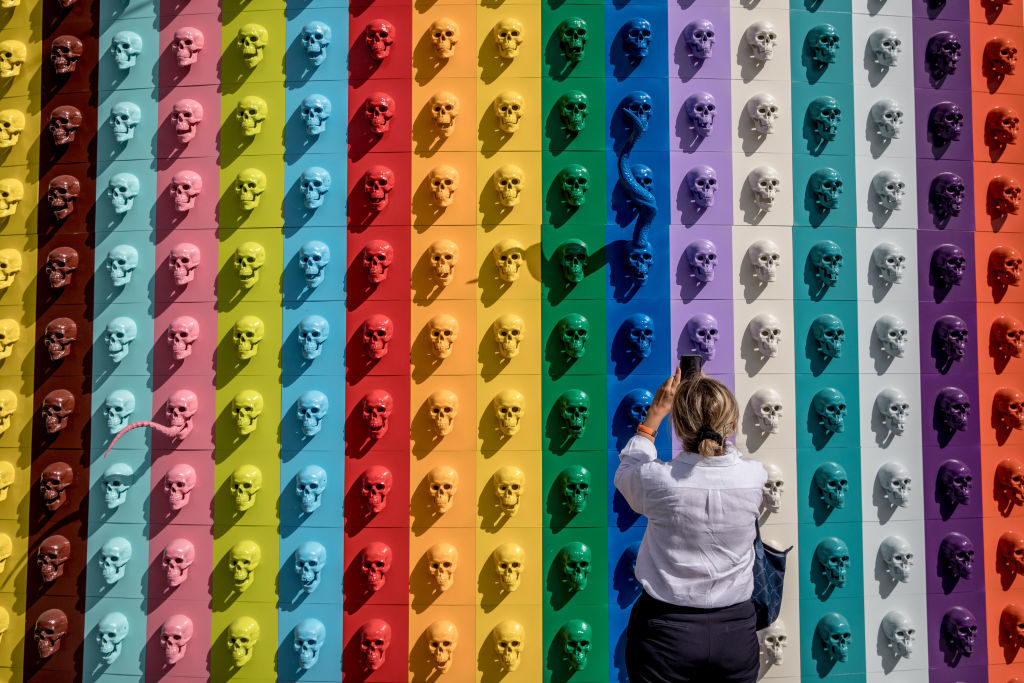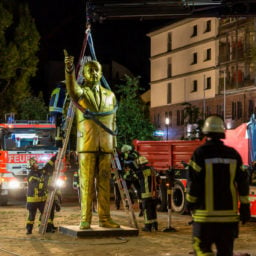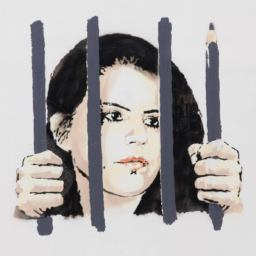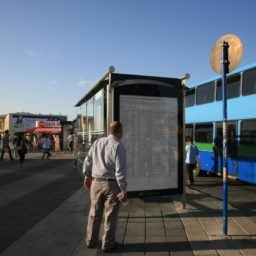When the Turkish lira went into free fall this August, dealer Moiz Zilberman was disappointed but not surprised. The gallerist, collector, and businessman has also studied economics, and so he was fully bracing for the financial downturn. “I was telling everyone,” says Zilberman, who runs a gallery with branches in both Istanbul and Berlin.
Indeed, the difficulties facing the Turkish market have been a long time coming. The art market, which enjoyed a relative high from 2008 to 2013, has endured some major setbacks in the past three years. In particular, collectors, galleries, and artists have all reported particular difficulties since the botched military coup in 2016. (According to Zilberman, one sector of the market with different fortunes is the auction houses, which have had lines outside their doors as people try to divest.)
Yet in spite of economic and political hardships, Turkey’s art world continues to hold its head high. Lest anyone forget that Turkey is a key economic player worldwide and one of the top twenty economies globally, last Thursday (September 20), the country’s premier art fair, Contemporary Istanbul, opened with a business-as-usual tone and closed on Sunday with strong mid-range sales.
Don’t Blame Trump
“Trump’s tweets are not the root reason for this problem,” Zilberman cautions, referring to a war of words that sparked a tariff war between the US president and Turkey’s president Recep Tayyip Erdoğan earlier in the summer, in the weeks before the lira tanked.
Trump’s sanctions and tariffs, in response to a jailed US pastor whom Turkey refused to hand over, provoked Erdoğan to respond with his own tariffs on US imports. As the Turkish currency responded with a nosedive, the art market braced itself for more turbulent times.

Contemporary Istanbul 2018. Photo courtesy Tolga Adanali.
Zilberman says that collectors have lost some of their appetite to buy. Trump’s behavior worldwide, as well as with Turkey, has certainly not helped matters. But the dealer says signs of a looming financial crisis were already beginning to show much earlier in the year: “[T]he art market entered into a phase where virtually the only players were people who wanted to sell their collections and opportunist buyers.”
A collector for 30 years, Zilberman became interested in contemporary art, turning from an avid collector into a gallerist in 2008. At that moment, the contemporary art scene blew up in Turkey, despite the world economic meltdown of the same year.
“There was easy money here,” Zilberman explains to artnet News. “People used to buy young artists’ works at ever-increasing prices.”
This year, Zilberman, as well as over 80 other gallerists, brought their best to the 13th edition of Contemporary Istanbul. Somewhat surprisingly, the fair did not decrease noticeably in scale, despite the shadow of the current crisis: The same number of international galleries attended this year as last, with some 22 countries represented. From New York, Almine Rech and The Hole were among those participating for the first time.

Moiz Zilberman. Photo: Üzgün Yılmaz.
But Ali Güreli, founder of Contemporary Istanbul, and his team did not pretend to ignore the rumblings outside their doors. Instead, they offered initiatives to combat the slump in the market.
These include the newly launched Contemporary Istanbul Art, Culture, and Education Foundation, which offers educational services in hopes of growing a younger local collector base. Contemporary Istanbul also lowered stand booth prices (along with many other fairs this year), or offered spots for free to projects that the fair determined would bring an added quality, according to Le Monde.
Güreli points out that the return of photography fair Prix Pictet is a good omen. Still, he acknowledges the challenges. “The art market in Istanbul is still recovering from the national economic hardships of 2015,” he says, “but it is progressing.”
The Currency Issue
Given the lira crisis, international galleries will be selling in Euros or dollars, which may make it harder for local collectors to purchase works.
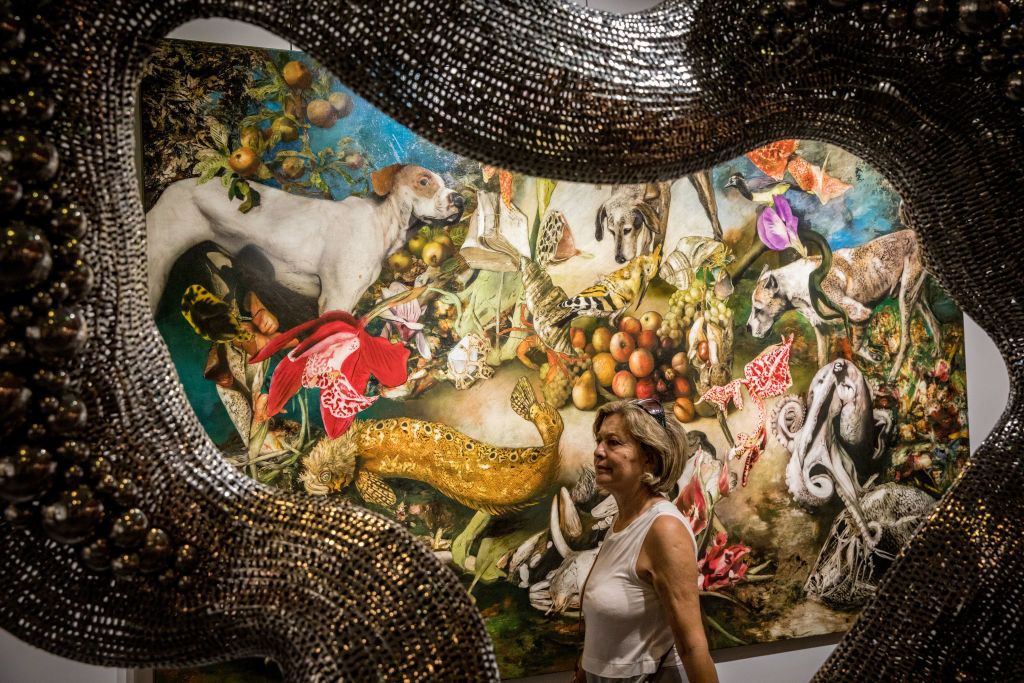
A woman walks between artwork on display at Contemporary Istanbul on September 20, 2018 in Istanbul, Turkey. Photo by Chris McGrath/Getty Images.
“The current economic climate is not and will not be very promising in terms of sales in the short term,” Asli Sümer, founder and director of the contemporary art gallery artSümer, tells artnet News. “The market is not vibrant. There is a lot going on in the collectors’ minds. It is getting very difficult for us gallerists to travel outside to international fairs—especially these days, at this currency level—to meet international collectors. [Contemporary Istanbul] is a great opportunity for adventurous collectors to explore the Turkish art scene.”
For his part, Sümer is keeping lira-based prices steady, to support local artists. Despite being an international businessman with half of his operation in Berlin, Zilberman also said that he and his artists opted to accept only lira at the fair. “That’s the precaution that we took. I think we don’t have the right to ask collectors to make payments on artworks by Turkish artists in foreign currencies at a 100 percent increased exchange rate.”
Still, Turkish collectors were buying at the fair—in fact all of the reported opening day sales that were shared were made in foreign currencies. Ethan Cohen (New York) sold Fish Fry on Da’ Grass (Version 3) by Jeffrey Hargrave priced at ca. $20,000 to a Turkish collector. Initio Fine Arts (Budapest and London) sold a bronze by Boldi to a Turkish private collector for €22,000.
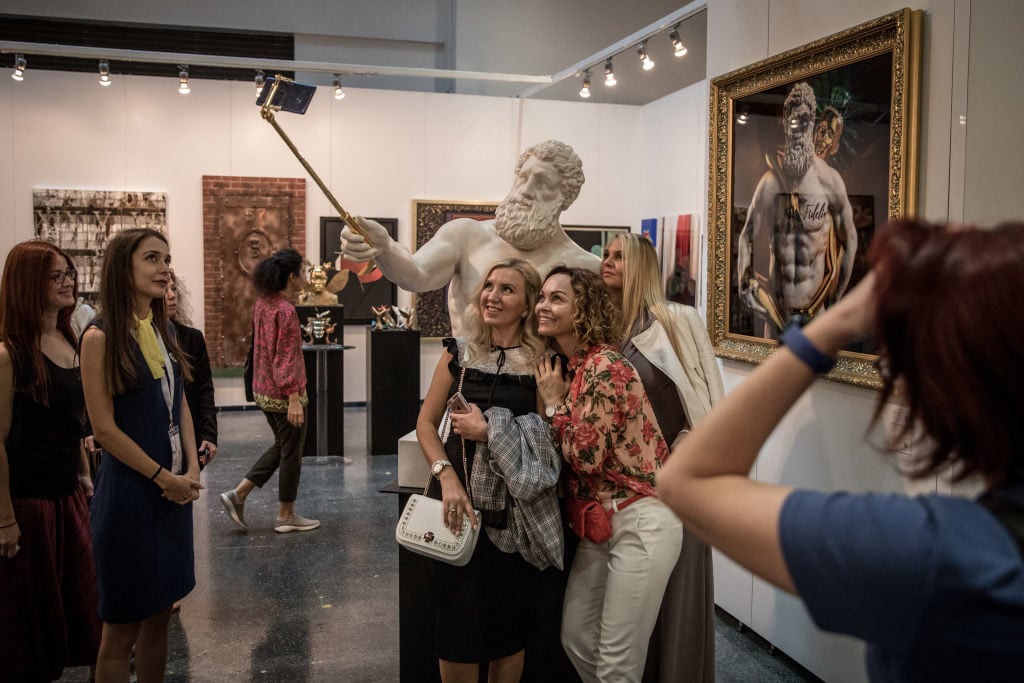
People pose for a selfie with Hercules Selfie an artwork by Emre Yusufi on display at Contemporary Istanbul on September 20, 2018 in Istanbul, Turkey. Photo by Chris McGrath/Getty Images.
Sales on opening day seemed to suggest that the fair managed to keep up its business-as-usual attitude. Turkish gallery Sevil Dolmaci sold two large paintings by Peter Halley to a Hong Kong collector for $135,000 each. Pi Artworks, based in London and Istanbul, sold a sculpture by Turkish artist Osman Dinç for €25,000 to a private collector in Istanbul. The same gallery also reported the sale of a wall piece by Gulay Semercioglu to a private collector from the region for $50,000.
More Tough Times Ahead
When asked if he was feeling optimistic, Zilberman paused. “The art market always exists and always goes up, with some intervals,” he says. “In the long-run, yes. But I cannot say the same for the short-run. In general and in the art market, economically Turkey will suffer for the next coming years.”
At the close of Contemporary Istanbul, many first-time international galleries had positive responses. Kathy Grayson, owner of The Hole, and Andakulova Gallery, from Dubai, both commented on the sheer number of visitors.
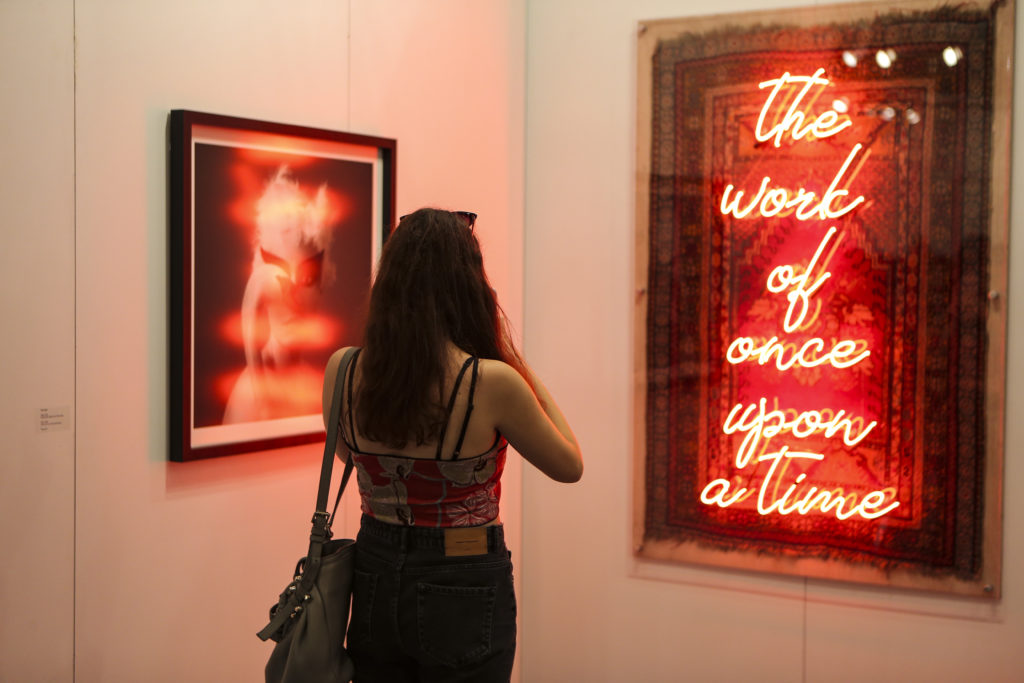
Contemporary Istanbul 2018. Photo courtesy Tolga Adanali.
“I have always loved Istanbul and Contemporary Istanbul,” said Ethan Cohen at the fair’s end. “Today in Turkey, it’s difficult economically, but we believe in helping to build this art market. We showed 10 important global artists that we show in New York. This is the first time they’ve been shown in Turkey! We sold well from the preview on and have made many new connections.”
Next year will bring new opportunities and challenges, as the Istanbul Biennial returns and the Vehbi Koç Foundation‘s contemporary art collection prepares to open alongside the fair’s 14th edition. It’s a statement to Turkey’s relevance that the fair perseveres.
Indeed, while Turkey weathers yet another economic storm and a troubled political outlook, its dynamic art scene has only grown more dedicated to supporting its community. “We are not and will not ever give up on Beyoğlu [the neighborhood where his gallery is located] and Istanbul,” says Zilberman. “Every crisis is an opportunity. We will seize upon it.”
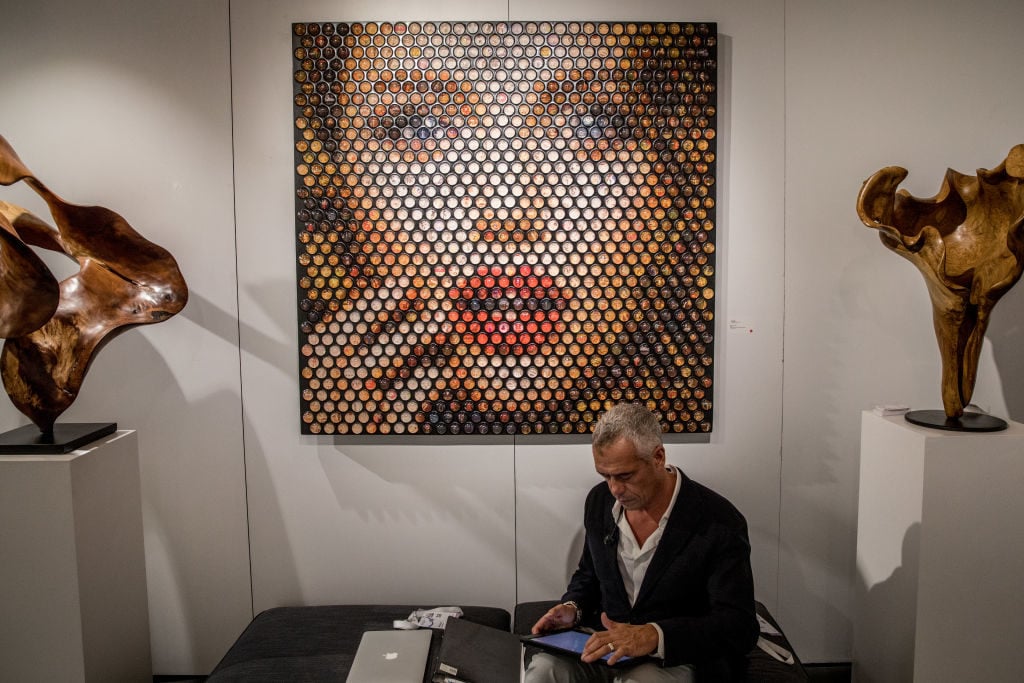
A booth at Contemporary Istanbul on September 20, 2018 in Istanbul, Turkey. Photo by Chris McGrath/Getty Images.
